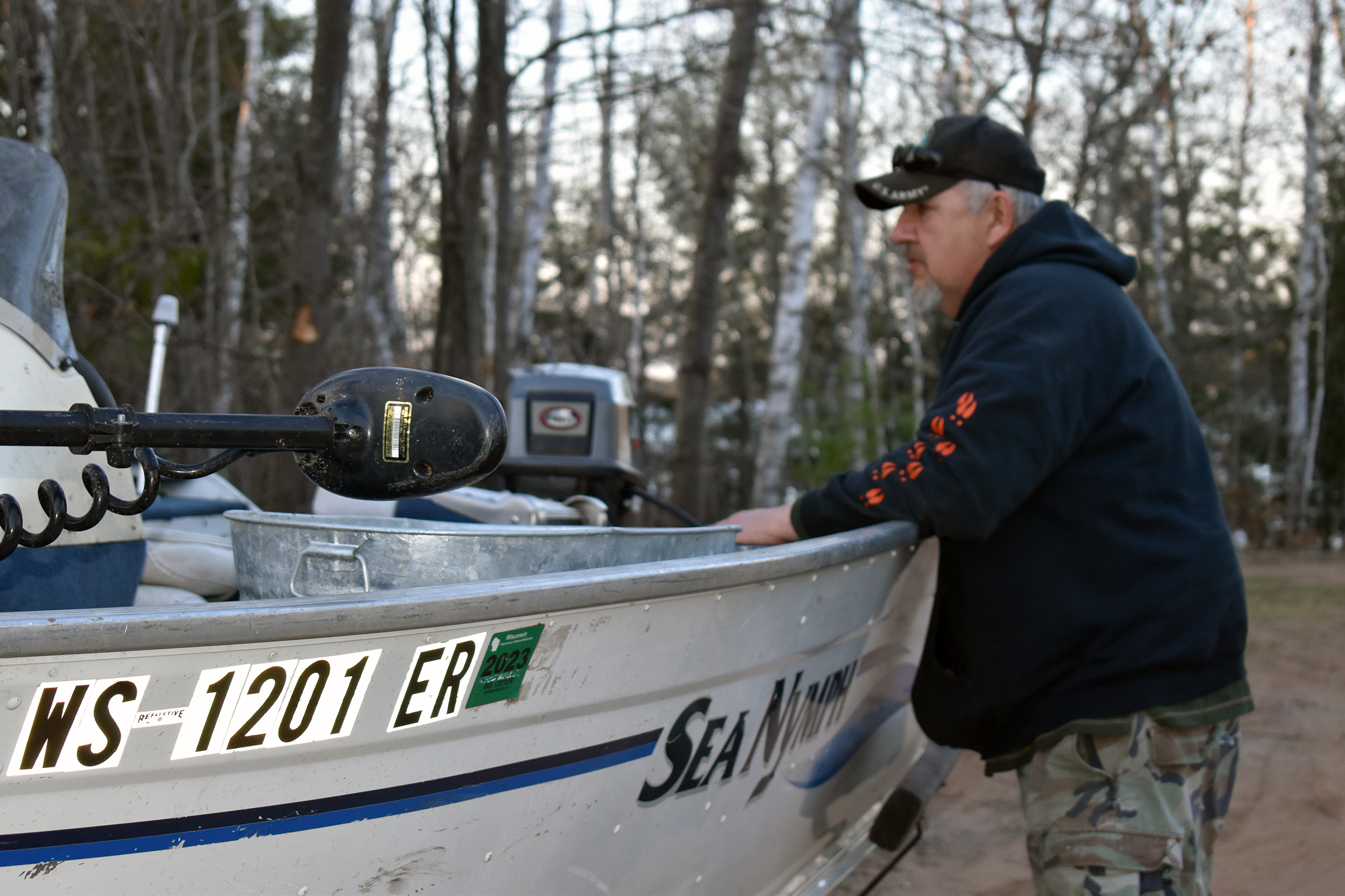The 1932 kidnapping of Charles Lindbergh’s young son was considered the crime of the century.Judith Siers-Poisson talks with the author of a new book about the crime that focuses on the key work of forensic scientist Arthur Koehler of the Forest Products Laboratory in Madison.
Featured in this Show
-
Wisconsin Scientist Was Key To The Trial Of The 20th Century
The terms “crime of the century” and “trial of the century” are used so often that they’ve really lost a lot of their meaning. But in the early twentieth century, there was crime that really shook the world, and all eyes were riveted on a small town in New Jersey, waiting for word on the fate of the infant son of the heroic aviator, Charles Lindbergh. But even within that well-known story, there was a fascinating, but overlooked character.
Wisconsin-born wood scientist Arthur Koehler was working at the Forest Products Laboratory in Madison in 1932 when the crime was committed. He instinctively knew that the handmade ladder used in the kidnapping and left at the crime scene would be key to convicting the killer. But it would be a year before he was brought into the investigation.
Adam Schrager is an investigative journalist, currently with WISC TV in Madison, and formerly with Wisconsin Public Television. He is an award-winning author, most recently, of “The Sixteenth Rail: The Evidence, the Scientist, and the Lindbergh Kidnapping.” The story especially appealed to Schrager because, as he explains, “I love finding people who describe themselves as ordinary. And then when they are placed in extraordinary positions, they act extraordinarily. “
Koehler’s involvement in the investigation and trial was a perfect example of that dynamic. “You had Arthur Koehler, this mild-mannered wood scientist, who ends up tracing the Lindbergh kidnapping ladder to the eventual individual who’s convicted of the crime. And he’s the final prosecution witness in the trial of the century. He’s called ‘Sherlock Holmes in the Witness Box.’ I mean, how can you not get sucked in by this?”
Koehler’s dogged investigation of the wood used in the ladder is not just a testament to his skills, but to the new field of xylotomy, or wood science. Forensic science was still new, and that a piece of wood from a single tree could be as unique as a fingerprint was hard to comprehend. But not for Arthur Koehler. As Schrager says, “he had literally ‘written the book,’ ‘The Properties and Uses of Wood.’” The head of the Forest products Lab knew that Koehler was the person to call on because he was “the one person who’s better at identifying wood and wood species than anyone else in the world at that moment,” says Schrager.
Arthur Koehler successfully traced the new wood used to make the ladder to a specific lumberyard where Bruno Richard Hauptmann, who was eventually convicted of the crime, had worked. But he also provided incontrovertible evidence that the sixteen rail of the ladder was an exact match to wood in Hauptmann’s attic.
The case against Hauptmann was largely circumstantial without the evidence and testimony provided by Koehler. The wood of the ladder was the only clear evidence connecting Hauptmann to the crime scene. The Attorney General prosecuting the case said that they were going to “wrap the ladder around Hauptmann’s neck.” But that would only be possible with Arthur Koehler as a witness.
The defense tried to discredit Koehler by saying that no one could ‘read’ wood in the way that he purported to. But in a rather comical moment in a tense courtroom, the Attorney General asks Koehler to explain his status as an expert witness. Koehler calmly listed the more than fifty books and articles that he had published on the many qualities and characteristics of wood.
Koehler’s testimony was so compelling that afterward, defense attorney Frederick Pope tells him that he was the most compelling witness he had ever seen take the stand. Pope went on to tell reporters that Koehler’s testimony was the best that he had ever heard. The jurors seem to agree. When polled after the trial, several jurors say that it was Koehler’s testimony that convinced them of Hauptmann’s guilt.
After the trial, Koehler for the most part went back to his everyday life at the Forest Products Lab in Madison. While he was occasionally called on as an expert witness in other cases, his contribution to this trial fades into obscurity. But thanks to Adam Schrager’s book, his story has been brought back into the light.
Episode Credits
- Judith Siers-Poisson Host
- Judith Siers-Poisson Producer
- Adam Schrager Guest
Wisconsin Public Radio, © Copyright 2024, Board of Regents of the University of Wisconsin System and Wisconsin Educational Communications Board.

